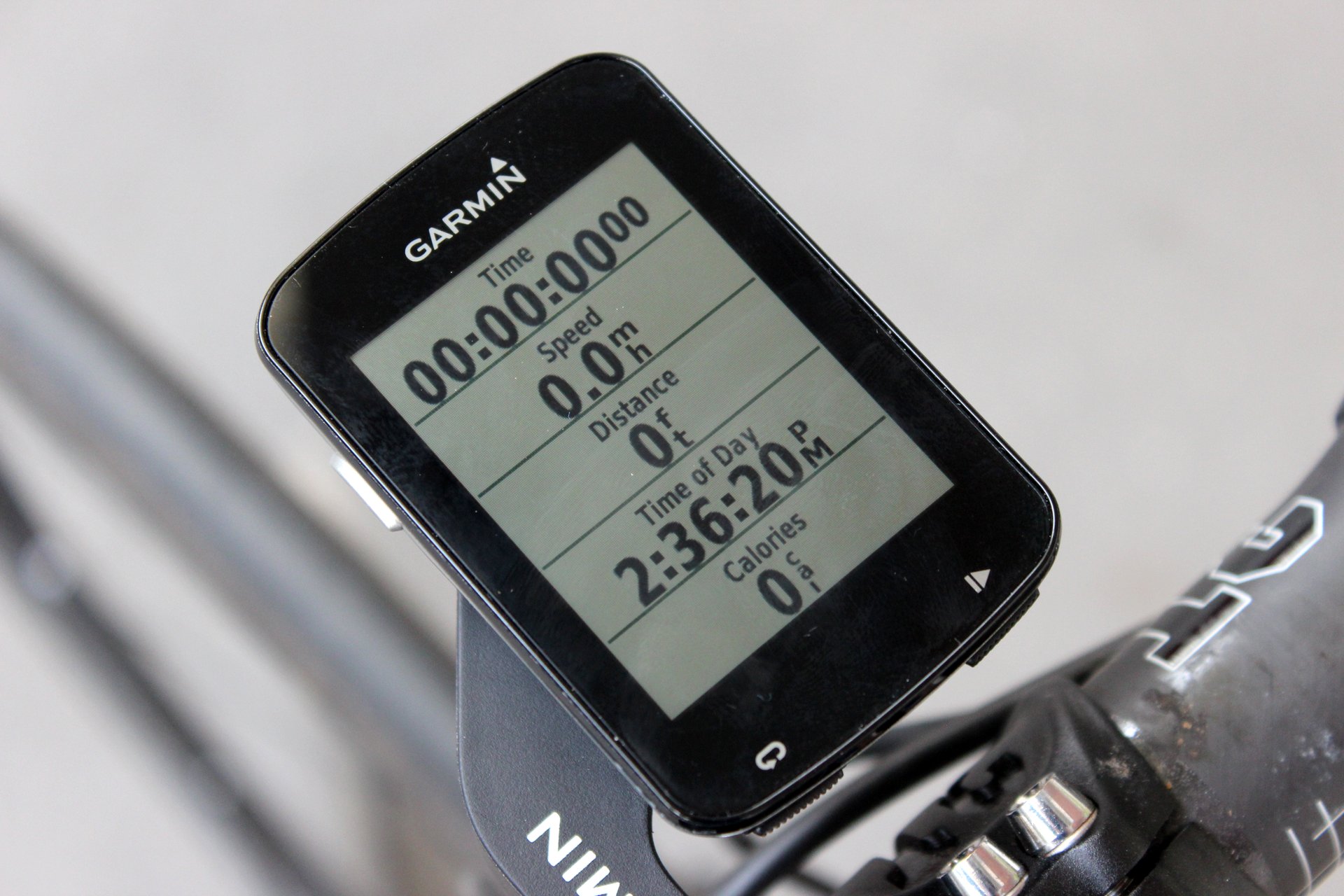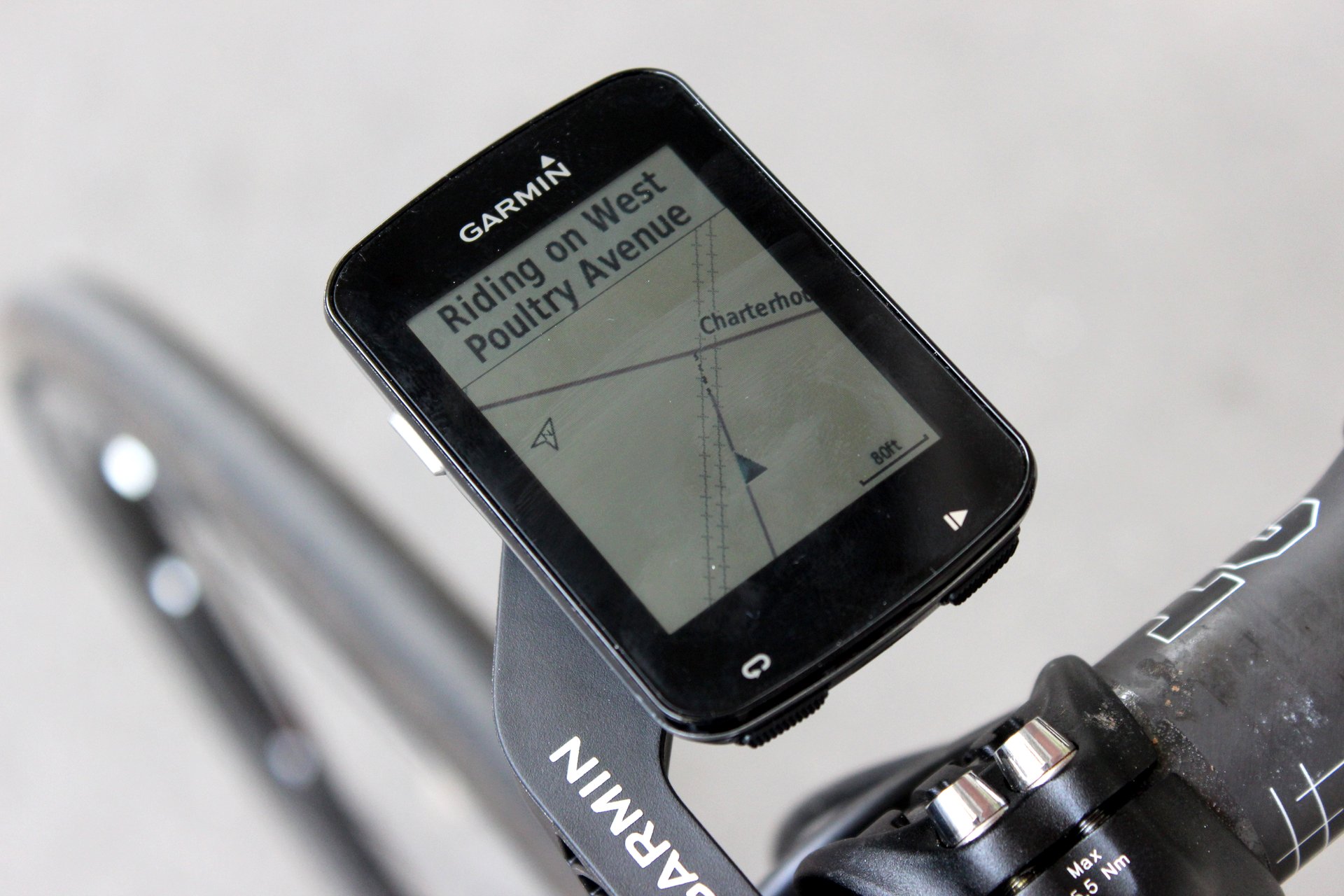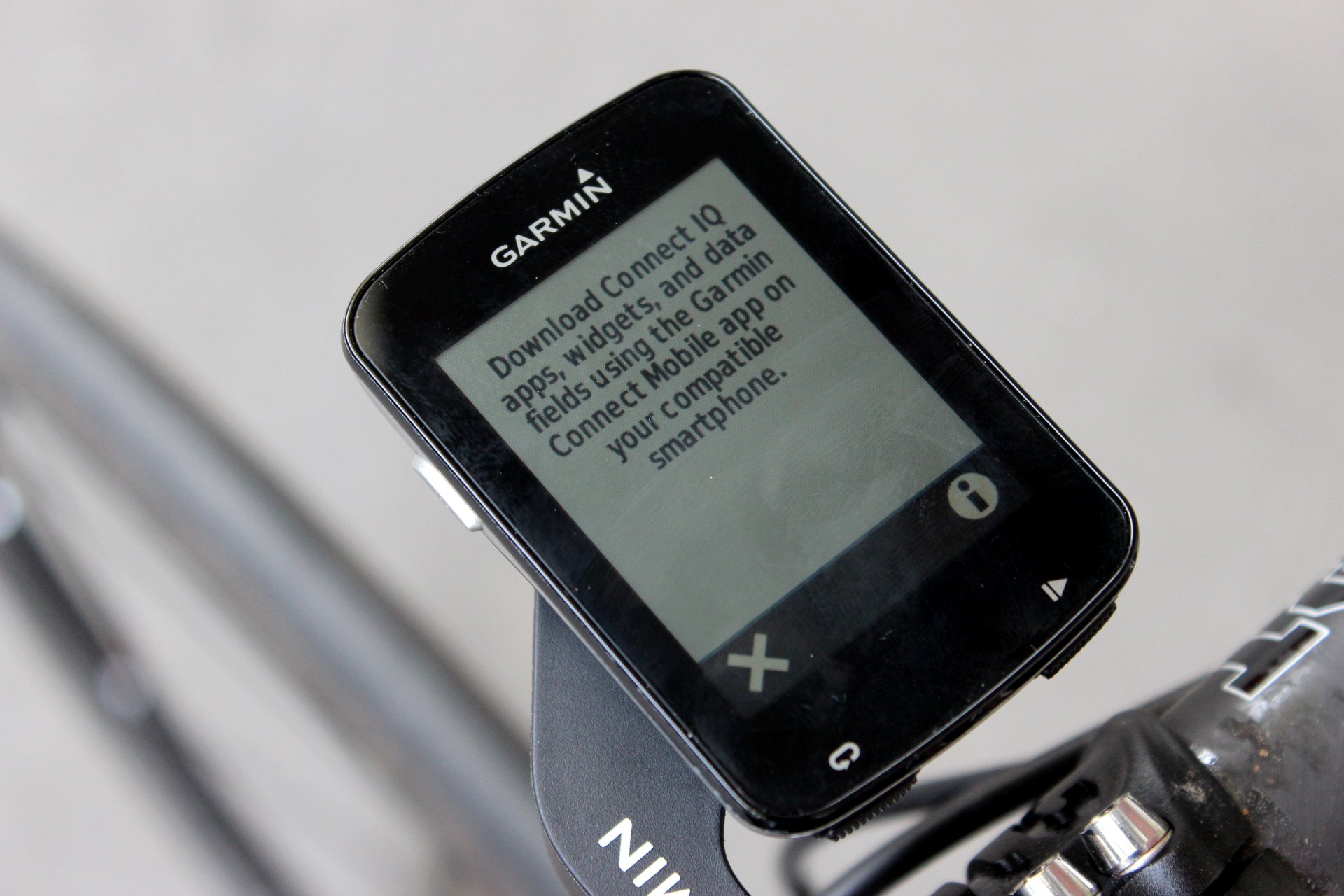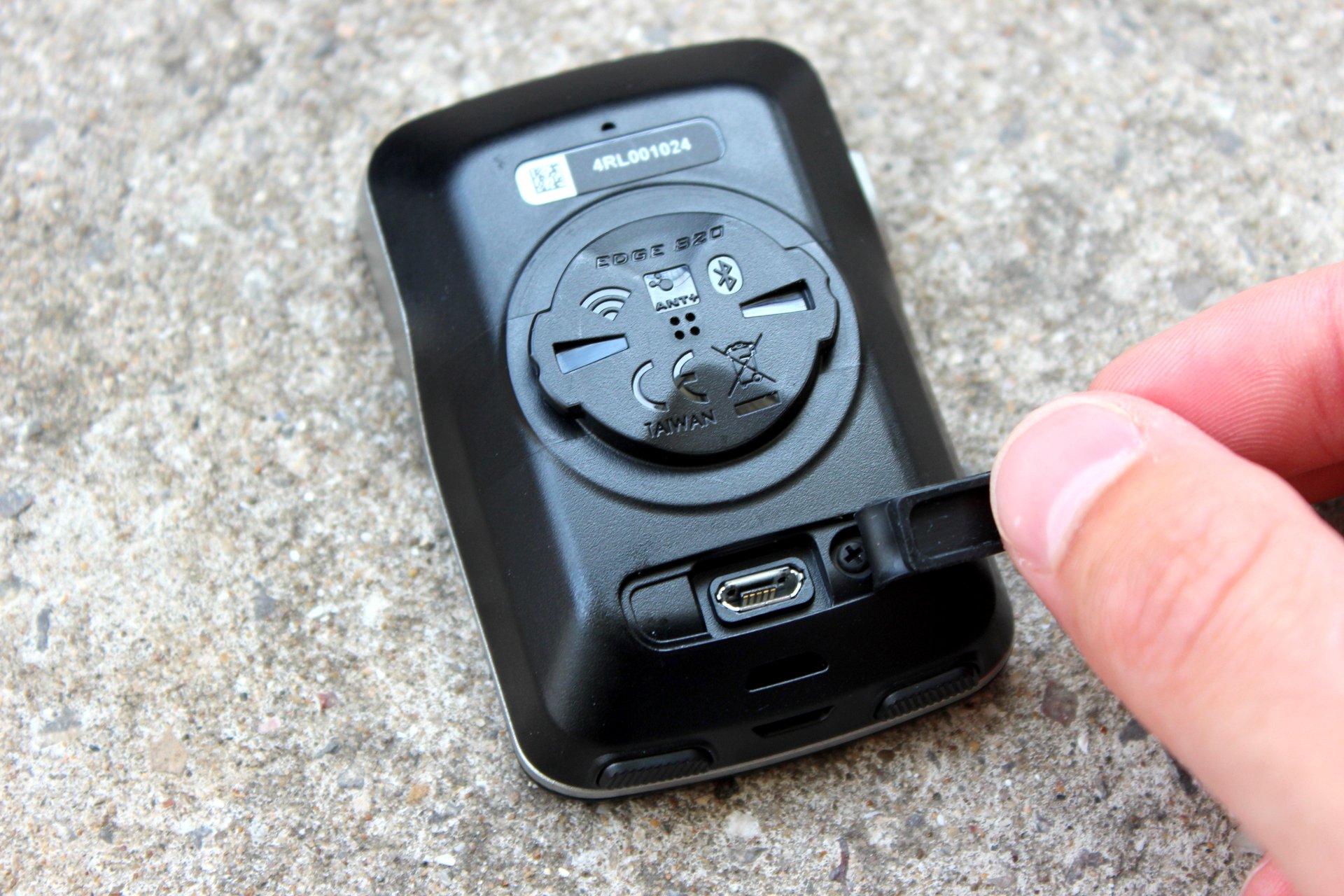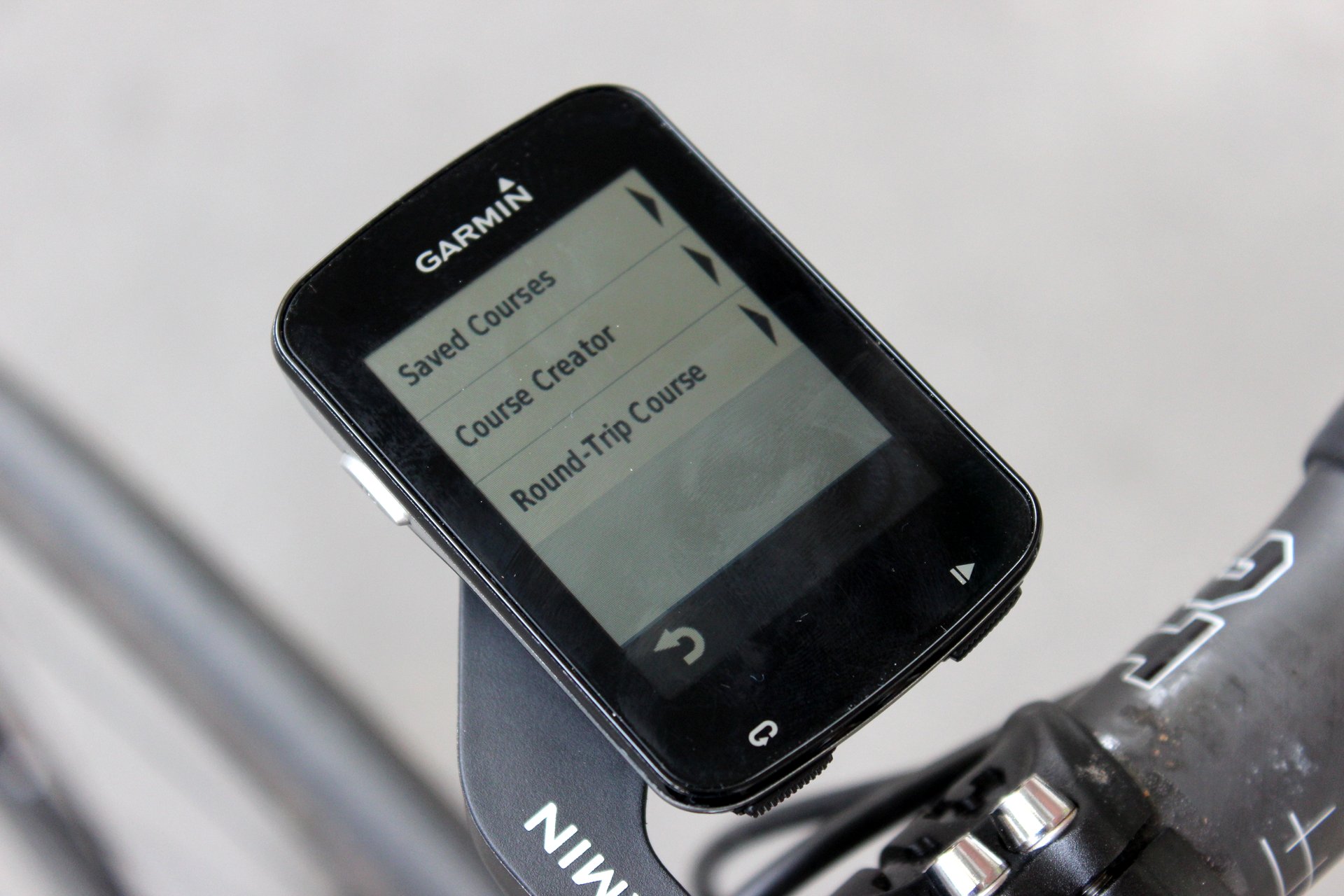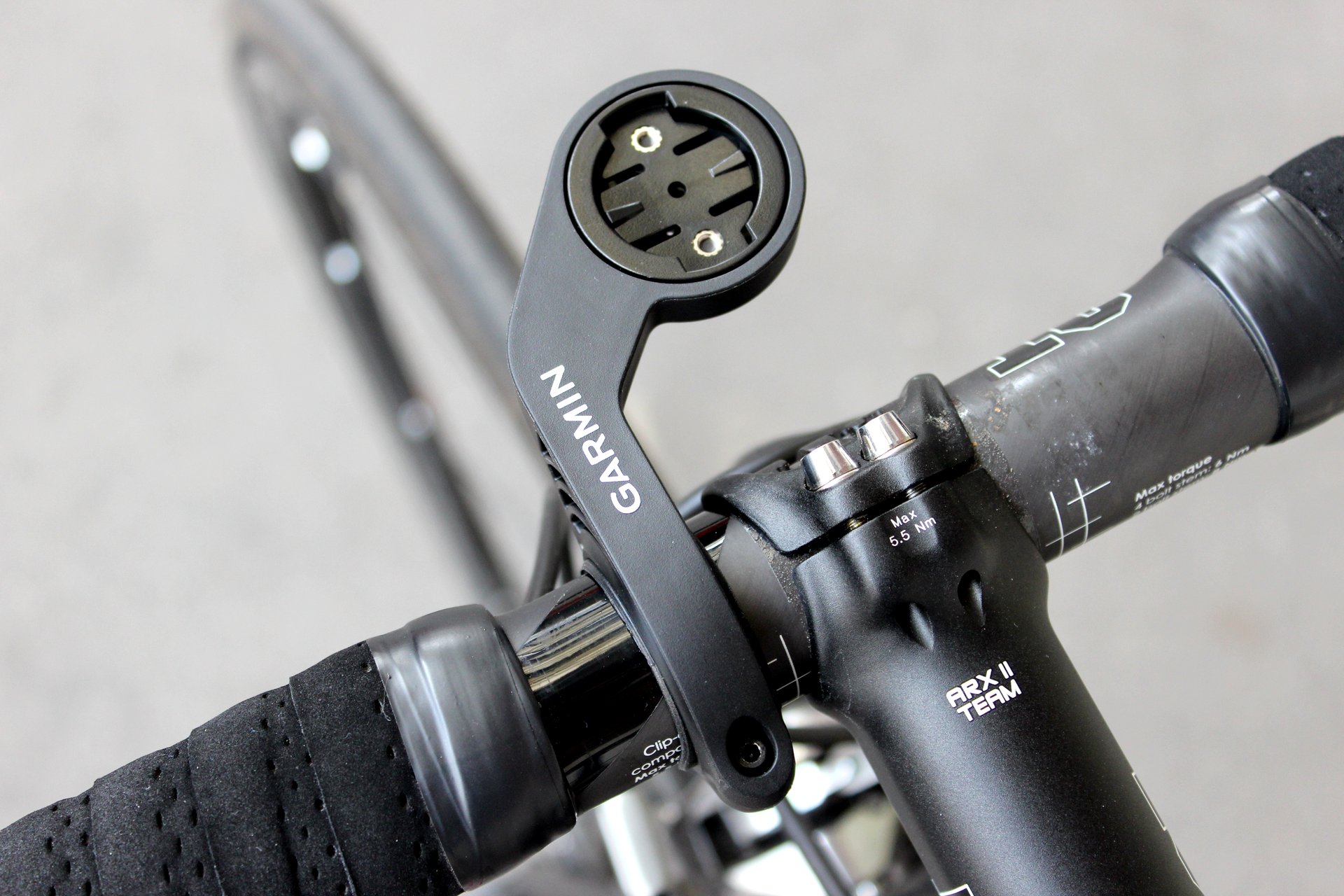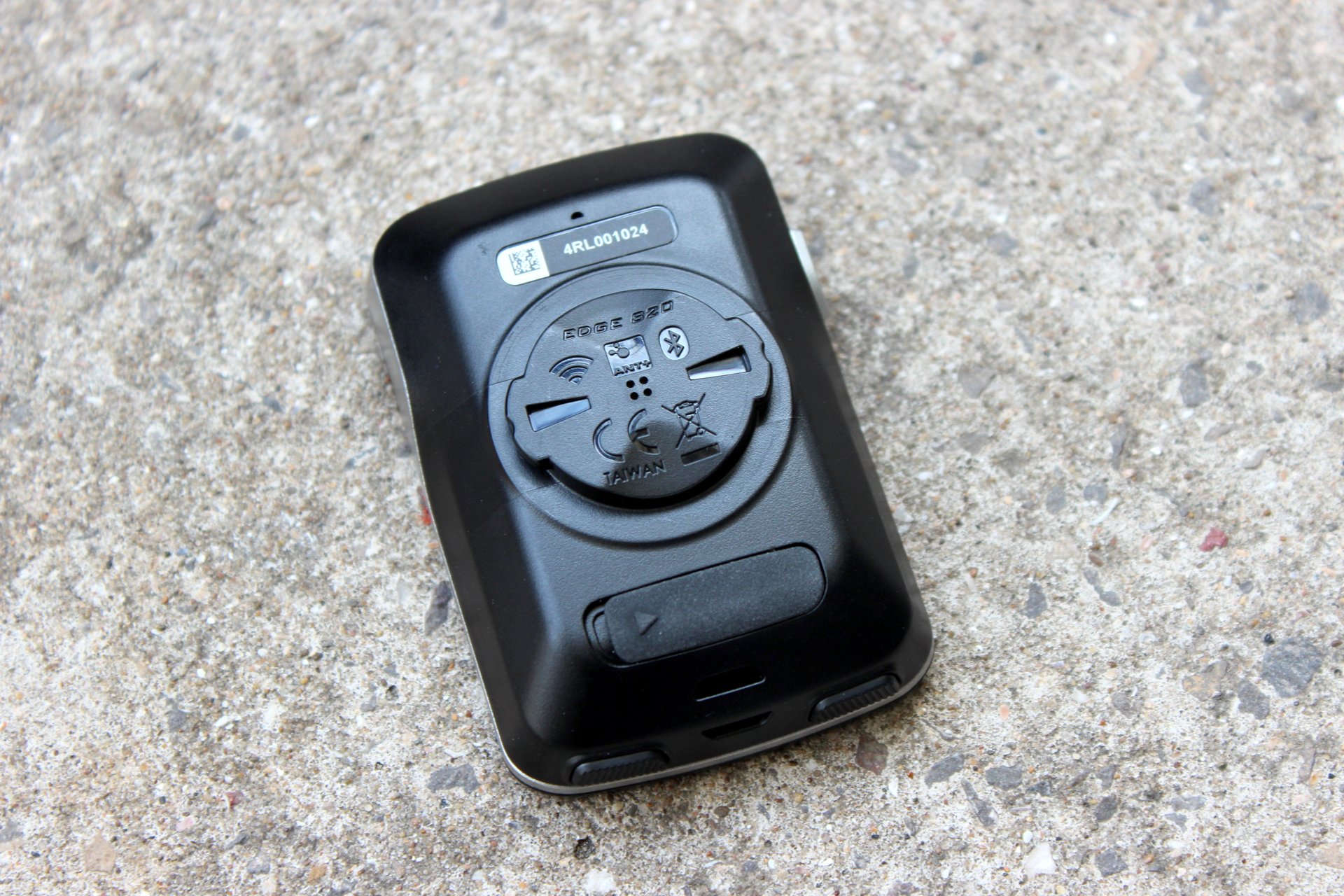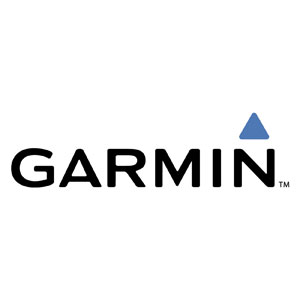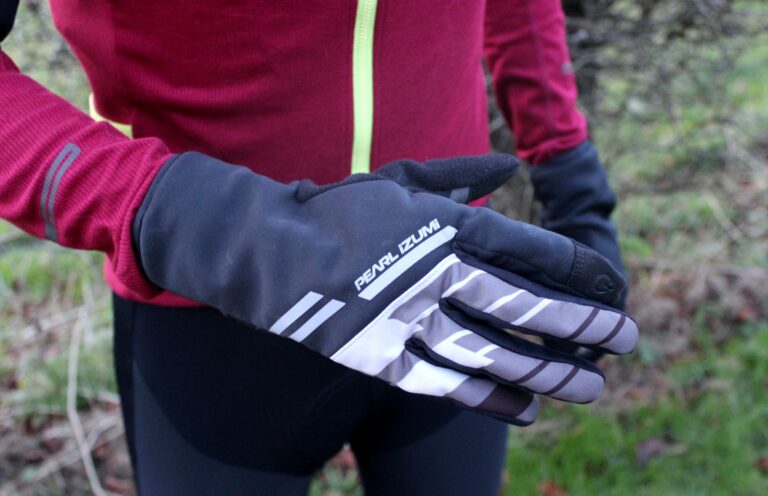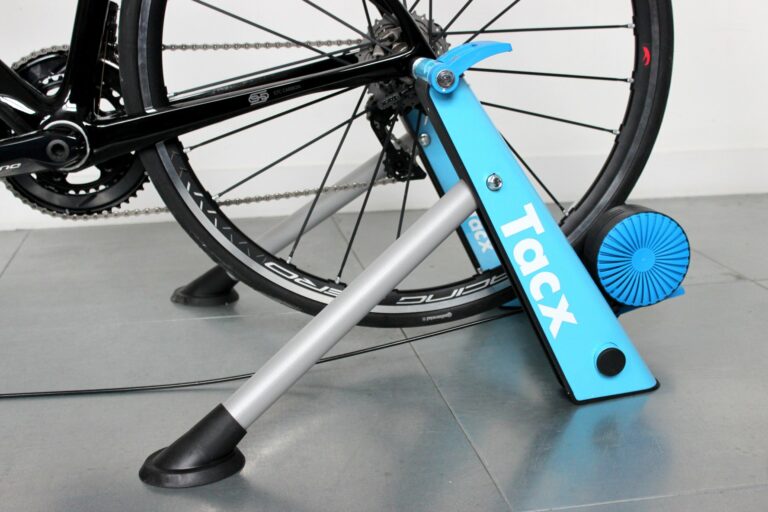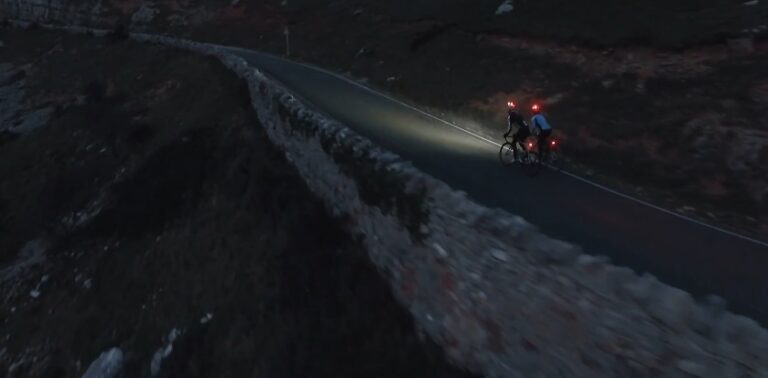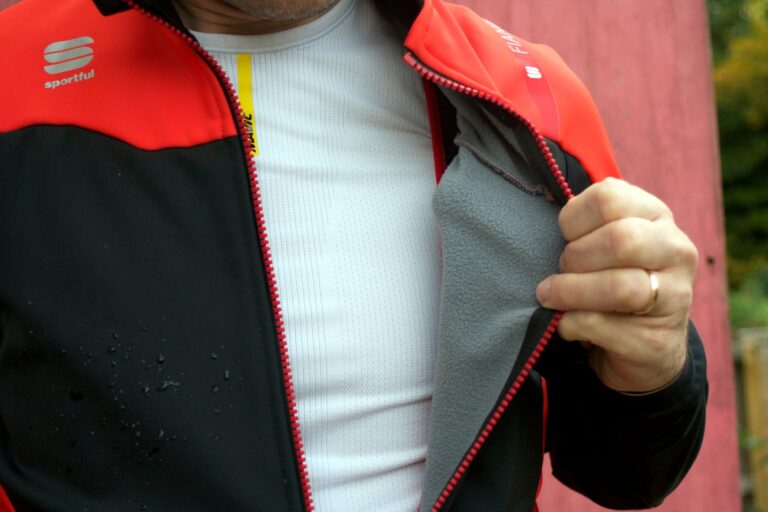Garmin launched the Edge 820 as a welcome upgrade to the Edge 810 earlier this year and the GPS giant packs all of its latest technology into a computer which offers greater on-the-road interactivity than ever before.
To the layman, the 820 is a combination of the 520 and 1000 models, combining the compactness of the 520 with the all-singing features of the 1000, including navigation. As a result, it’s a pocket-sized, feature-driven unit which can legitimately claim to ‘do it all’.
As we’ll expand upon further into this review, the 820 leads with the new IQ app platform Garmin have introduced, which allows further customisation of data acquisition and display. It also incorporates all the latest live interactive technology, including Strava Live Segments, LiveTrack, GroupTrack and Incident Detection, all on an improved touchscreen display which displays maps in great detail.
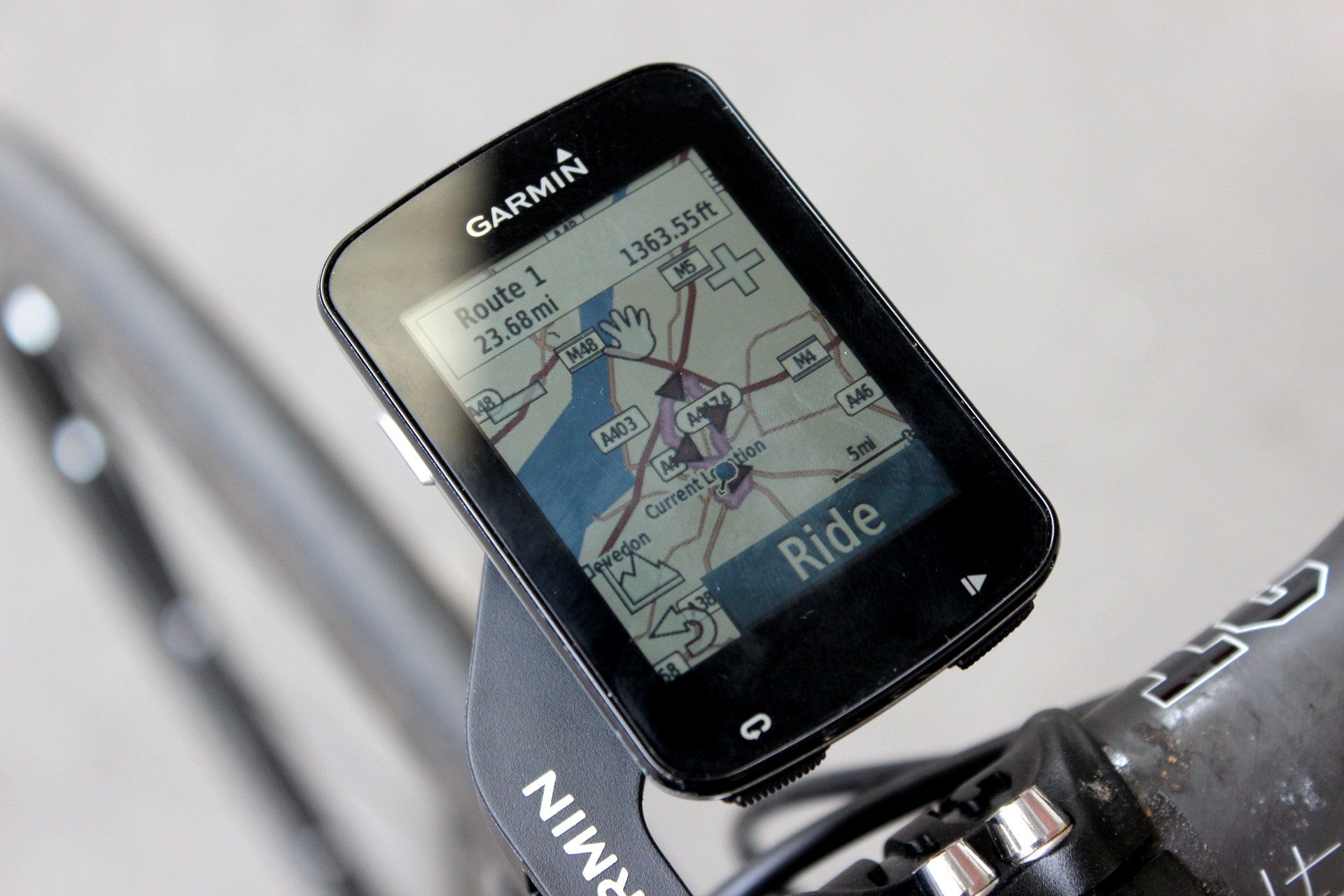
However, all these features running side-by-side naturally also have a knack of sapping battery life, and while improvements are continually made with each generation on the endurance of the battery, as well as accuracy of GPS signal and responsiveness of the touchscreen, the 820 will need to impress here too to lay claim to the title of undisputed ‘best bike computer’.


